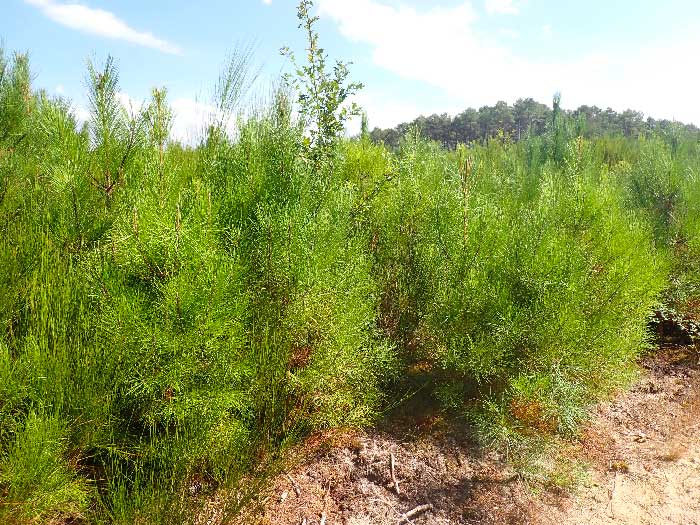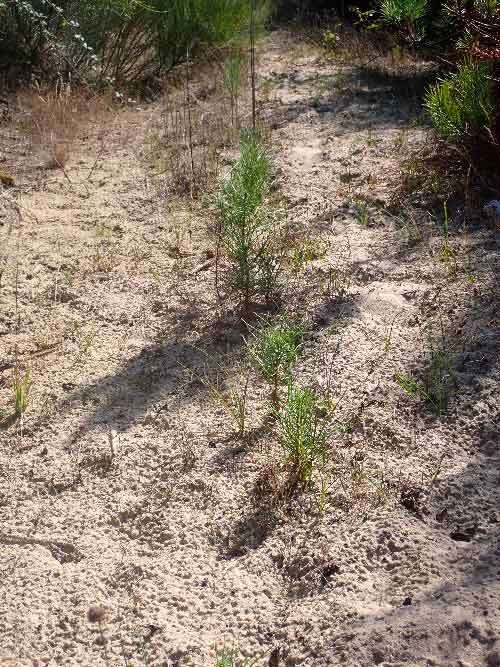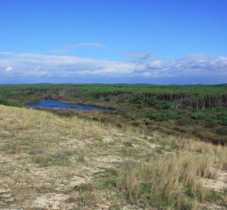Project description
The Office national des forêts and Reforest'Action invite you to participate to the renewal of the declining coastal forest of Mimizan !
The project at a glance
Number of trees to be planted: 22,416
Planting area: 18,7 hectares
Species planted: maritime pine in sowing
Type of project: renewal of declining forests
Planting season: fall 2019
The origin of the project
This project takes place in the state-owned coastal dune forests of the New Aquitaine region. These forests have experienced natural regeneration failures for nearly 25 years, mainly due to climate change, which imposes excessively long periods of drought and sunshine on young trees, causing their development failure and decline. The Office national des forêts is thus conducting an ambitious programme to restore coastal forests, which is of major importance for these unique ecosystems, where endemic fauna lives.
In these forests, the failure rate of natural regeneration reached 57% over the period 1999-2008. The causes of these failures are multiple but are mainly due to climate change. A partnership between the NFB, INRA, BSA and ENSEGID has made the identification of the ecological processes responsible for these regeneration failures and the determination of safe routes to restore and stimulate natural regeneration possible.
In this project, the pines are accompanied by native hardwoods such as holm oaks and cork oaks, which are conserved to enrich and diversify the forest. To renew its population while respecting the main principles of naturality, natural maritime pine seedlings from the "Coastal Dune" source will be used, thus preserving the genetic resource that creates these beautiful pine forests. It mitigates the climatic risk by using ancestral techniques used in the great reforestation of the 19th century: the installation of protective mulching from locally collected vegetation elements and the installation of natural corridors by maintaining the vegetation in place. In this massif, foresters also create irregular borders and alternate open and closed environments to promote biodiversity.
Monitoring
2020 - 2021 :The recovery rate of the plants is mixed with a result of 70%. The plantation is to be monitored this autumn 2021 as natural regeneration is expected to complement the existing plants.





